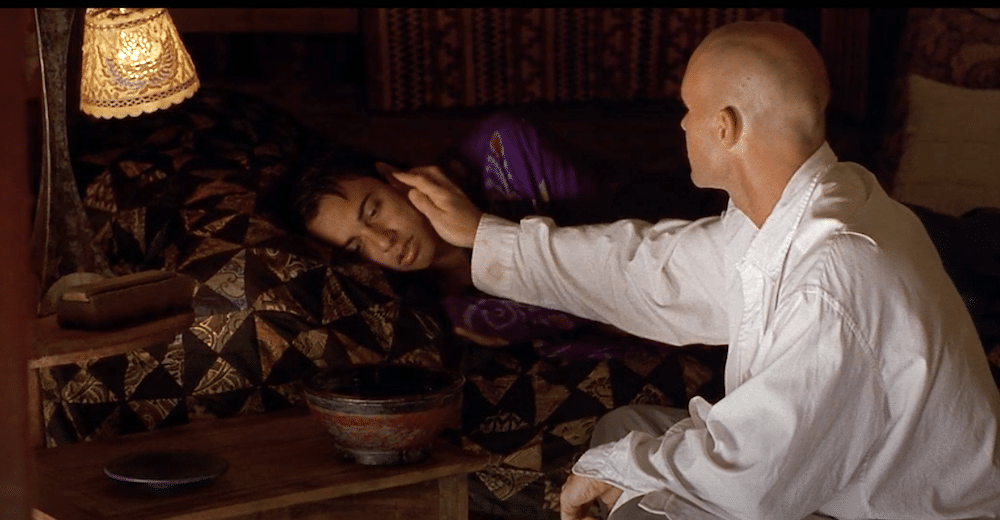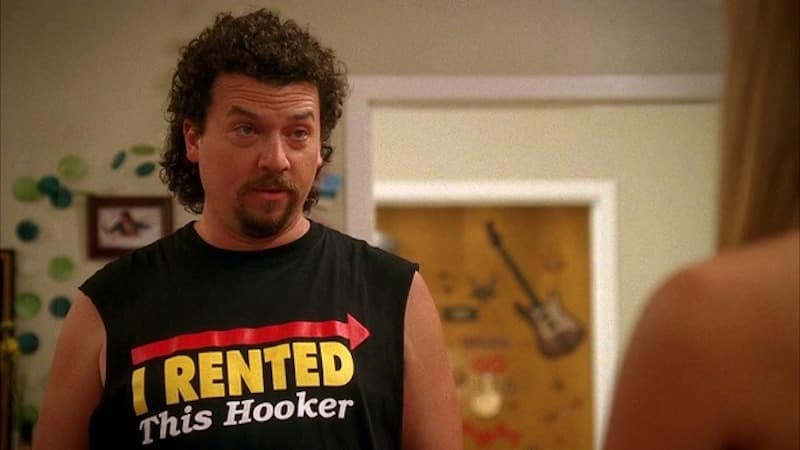For a little sobriety, sixty-five humans were killed by sharks last year. Around 400,000 people died from malaria, almost 70% of them kids.
Last week, the United States Environmental Protection Agency approved the chemical nootkatone for use as a legitimate mosquito repellant and potential insecticide.
It was developed by the infallible Center for Disease Control (CDC).
Are you kidding me? Did my online chemistry class start already?
No, and anyway you should really just read your syllabus.
This bit of news from the EPA is about surf travel and saving hundreds of thousands of lives each year.
But, mostly surf travel.
Mosquitos, as we know, like to play give-and take with mammals, drawing blood as they leave a particular parasite causing the disease malaria.
It’s a risk that’s taken when rummaging coastlines for waves in areas of Asia, Africa, and South America.
It’s a horrible condition and nootkatone might be the end of it.
From the dirty ol NY Times,
“Adding a new weapon to the fight against insect-borne illnesses like Lyme disease and malaria, the Environmental Protection Agency on Monday approved a new chemical that both repels and kills ticks and mosquitoes.
The chemical, nootkatone, an oil found in cedar trees and grapefruits, is so safe that it is used by the food and perfume industries.
Nootkatone is considered nontoxic to humans and other mammals, birds, fish and bees, the E.P.A. said in a statement…
“In tropical countries, malaria and yellow fever are major killers; elephantiasis is also spread by mosquitoes. Lethal Crimean-Congo hemorrhagic fever is spread by ticks, and kala azar is spread by sandflies.
Manuel F. Lluberas, a public health entomologist who has worked on mosquito-control campaigns all over the world, said he hoped that nootkatone would be accepted by people who fear synthetic repellents and that it could be made cheaply enough to be bought by foreign aid programs like the President’s Malaria Initiative.”
Sure, pre-trip meds and nets and smoky fires can help stave off thirsty mosquitos as you huddle in the night waiting for the next day’s surf.
But nootkatone, a natural substance found in citrus, is the first chemical to be cleared to be used as a reliable repellant in over a decade.
Tests have shown that it’s up to 83% effective.
It’s also been seen to actually act as an insecticide, killing the bugs as they try to poke you.
Fair odds, yes?
I knew this was science class!
Yeah, well, this is important to anyone who’s planning their first post-covid trip.
And after all, this is serious, man.
You remember what happened to Travis Potter?
Or better-yet Matty Liu in In God’s Hands?
The fever, the chills, the convulsions, the romantic madness of it all!
As gripping as a performance as it was, Matty’s portrayal failed to share the slightly less cinematic bouts of rabid diarrhea, which fully eliminates the chance of a beautiful beauty nursing you through.
I had my own trouble with jungle sickness a few years ago with the unexpected kick-in-the-crotch, snake-in-the-grass surprise.
I attest to the madness, the pain, the neurological effects.
They’re real.
Finding solid doctors in small Peruvian villages is a challenge.
Wrong medications, wild diagnoses. Eight weeks of a PICC line shooting who-knows-what into my heart balanced by a fine bouquet of pain killers knotted my body like the midday Cross-Bronx Expressway, torturing the liver.
All hubris gone.
And while the dramatic weight loss was flattering, pallid-syphilitic wasn’t the look I was aiming for that season.
Humiliating and frightening.
And for a little sobriety, sixty-five humans were hit by sharks last year.
Around 400,000 people died from malaria, almost 70% of them kids.
It’s hard to wrap the head around that figure.
So, let’s be happy for science.
It looks like nootkatone will be added to lotions and soaps, easy to carry on your next trip and give away to locals who will still be battling mosquito swarms as we dance away, remembering how feral we were.







